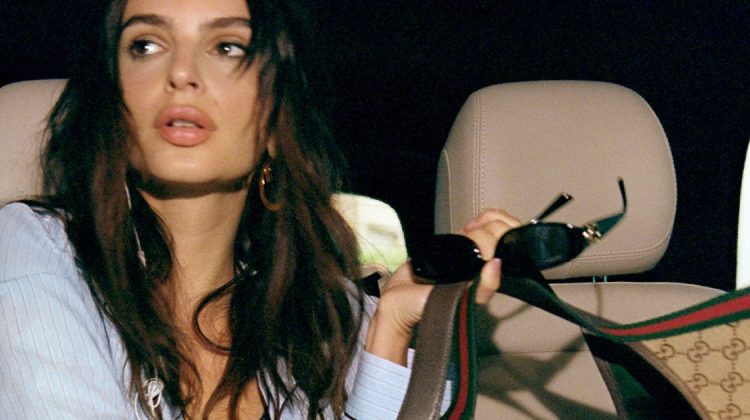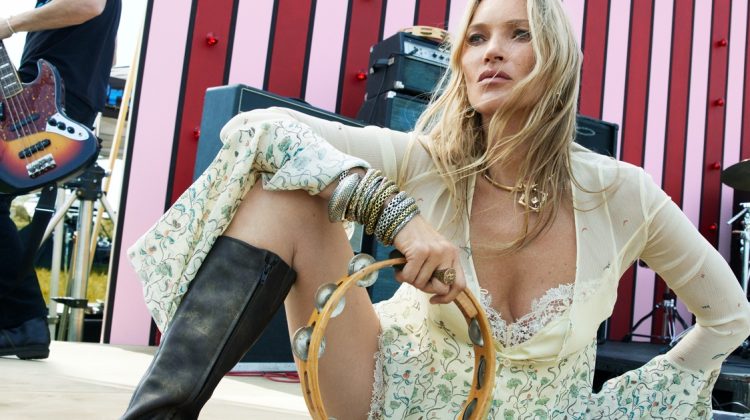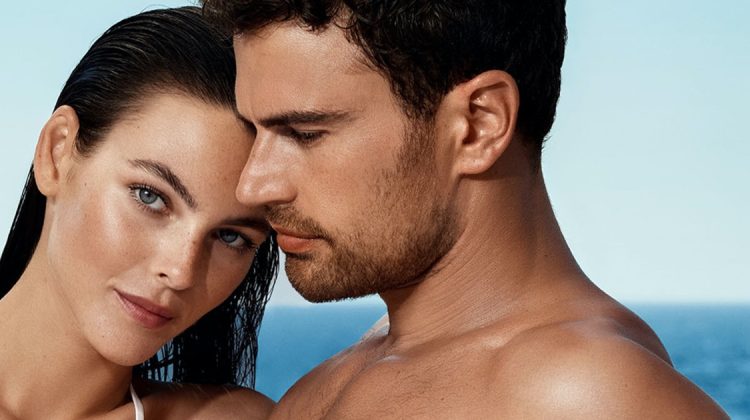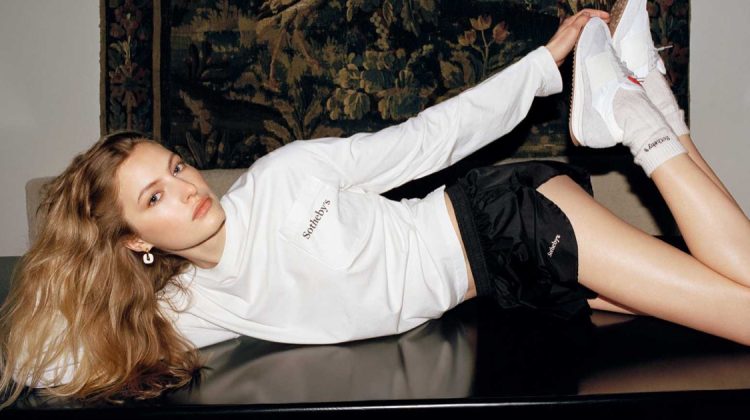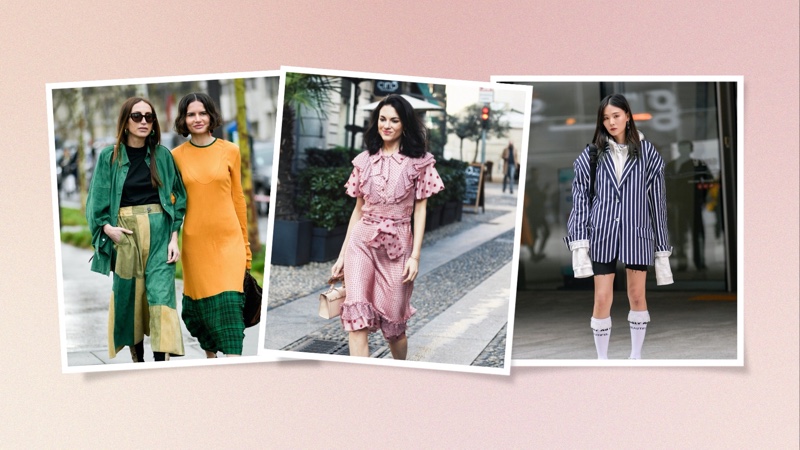
Fashion capitals are cities that lead the world in style, creativity, and trendsetting. These places shape culture, influence industries, and inspire millions. From top brands’ runway shows to street fashion, what happens in these cities often sets the tone for how the rest of the world dresses.
Each fashion capital has its own voice. Some are known for elegance and tradition, while others thrive on bold ideas and modern taste. Whether it’s timeless tailoring, cutting-edge design, or bold streetwear, these cities turn fashion into a global conversation.
Fashion Capitals
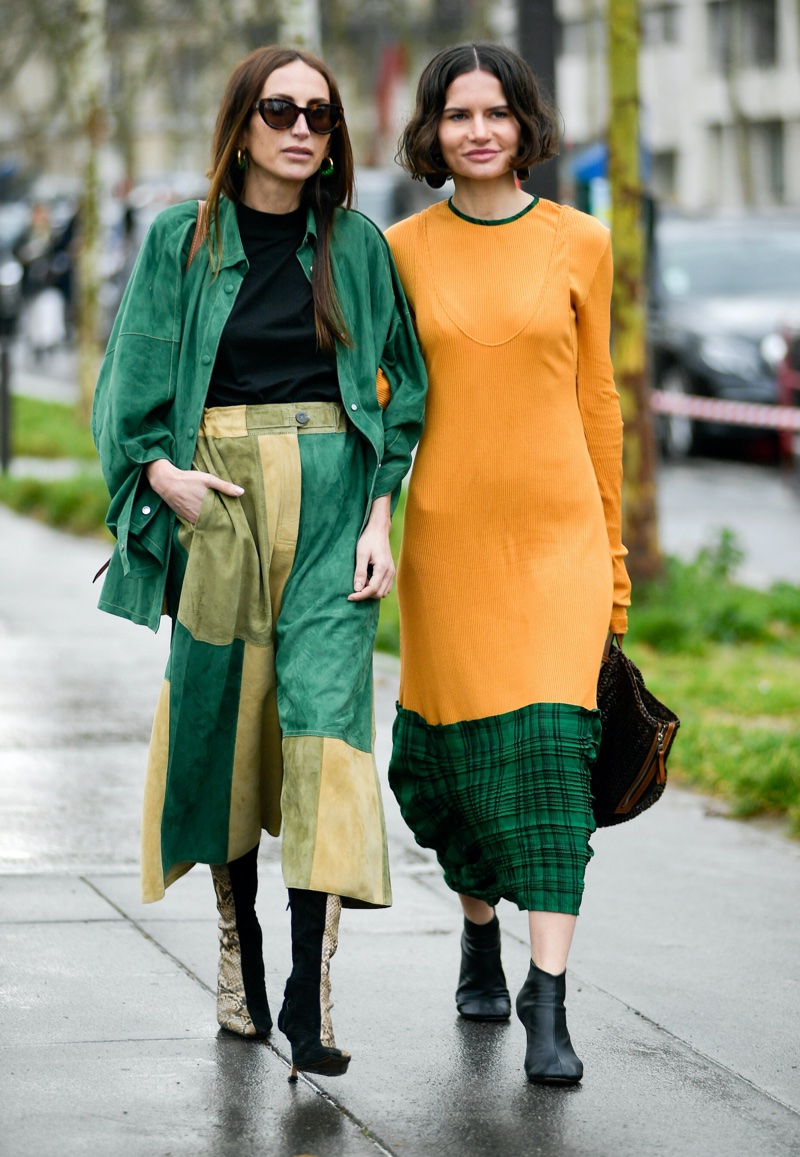
The top five fashion capitals of the world are New York, Paris, Milan, London, and Tokyo. Fashion schools, media, every type of agency in the fashion sector, and big-name boutiques also help build the city’s aesthetic power.
New York
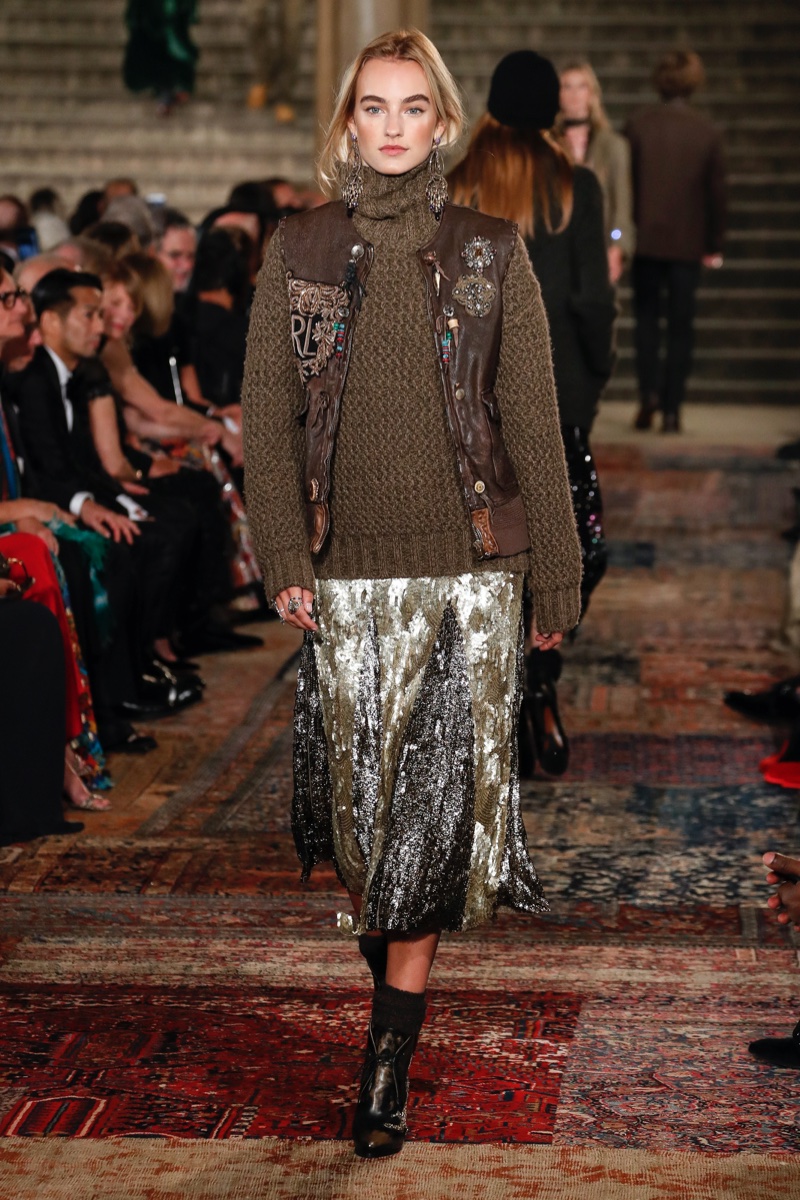
New York City is bold, fast, and always ahead of the curve. It’s known around the world as the fashion capital of the US. This city mixes luxury with street style, making it a trendsetter in every way.
Designers like Ralph Lauren and Marc Jacobs started here and dominate New York Fashion Week. From the runways to the sidewalks, New York fashion is diverse and creative. Models, editors from magazines like Vogue, and influencers all gather here to launch what’s next.
The city also has top fashion schools like the Fashion Institute of Technology and Parsons School of Design. Thanks to its huge department stores and a strong media presence, the city continues to form a powerful style engine. From SoHo to the Upper East Side, fashion lives in every corner of the city.
Paris
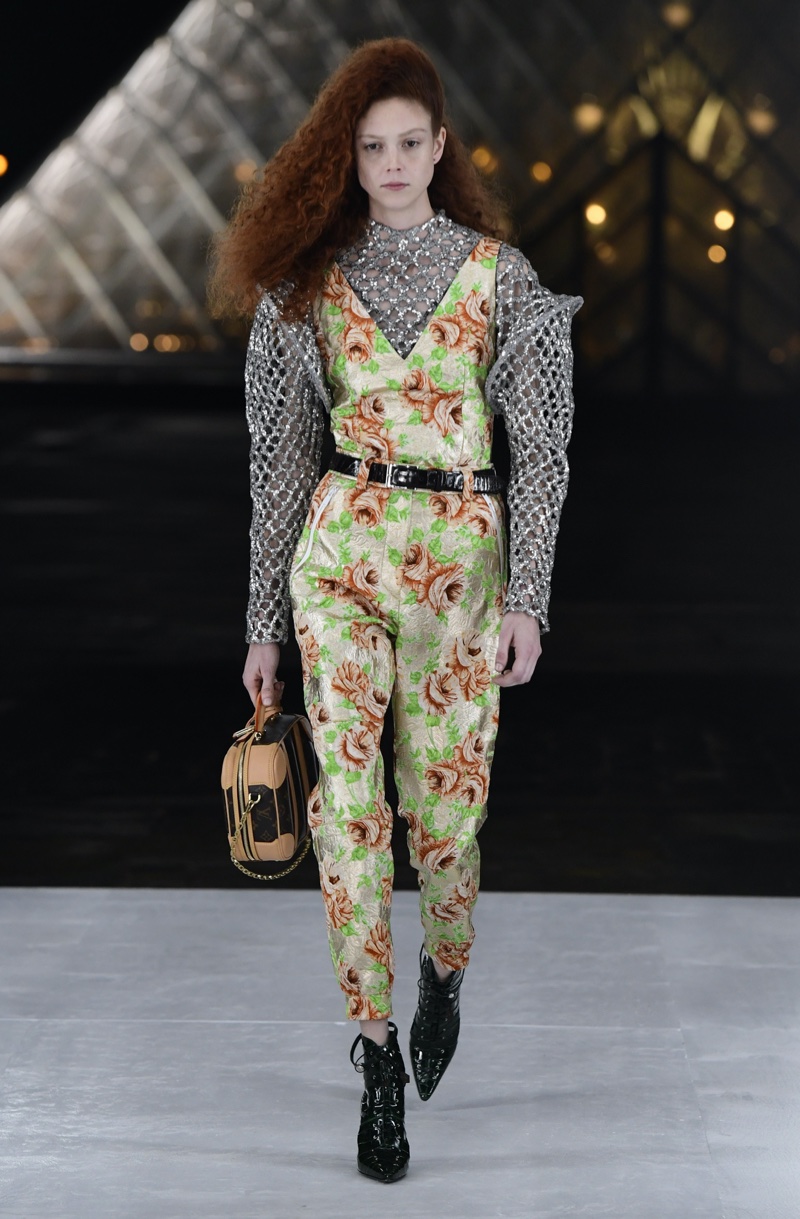
Paris is the heart of elegance, history, and innovation in fashion. Often called the fashion capital of Europe, it has shaped the industry for centuries. Home to iconic houses like Chanel, Dior, and Louis Vuitton, fashion in Paris represents luxury and high style.
The city is best known for its role during Paris Fashion Week, where designers present haute couture and ready-to-wear collections. Paris values craftsmanship, detail, and artistry. These are all qualities that define French fashion.
From the runways at the Grand Palais to boutiques along Avenue Montaigne, the city exudes style. Institutions like the Institut Français de la Mode support new talent. Museums and exhibitions celebrate fashion as art. Paris is a symbol of global influence and a beautiful city. Its blend of history and innovation makes it a leader in the world of design.
Milan
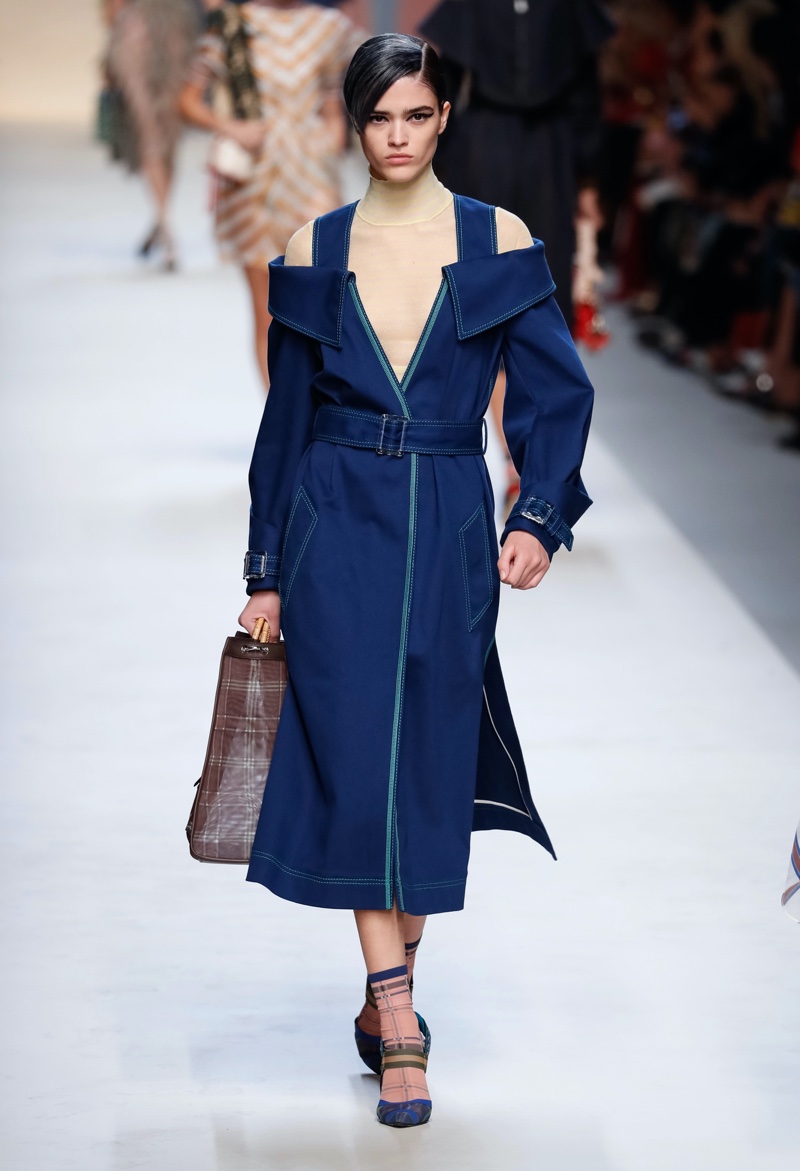
Milan stands as a symbol of refinement, precision, and bold creativity. Recognized globally as the fashion capital of Italy, it plays a central role in luxury fashion. The city is home to major brands like Prada, Dolce & Gabbana, and Armani. Each label is known for daring designs, impeccable tailoring, or trend-setting pieces.
During Milan Fashion Week, the industry gathers to celebrate Italian elegance and modern style. The city is also deeply connected to textile innovation and artisanal craftsmanship, both of which shape its unique identity.
Its influence goes beyond fashion season runways, stretching into accessories, menswear, and interior design. Fashion schools like Istituto Marangoni and Domus Academy further fuel the city’s creative energy.
London
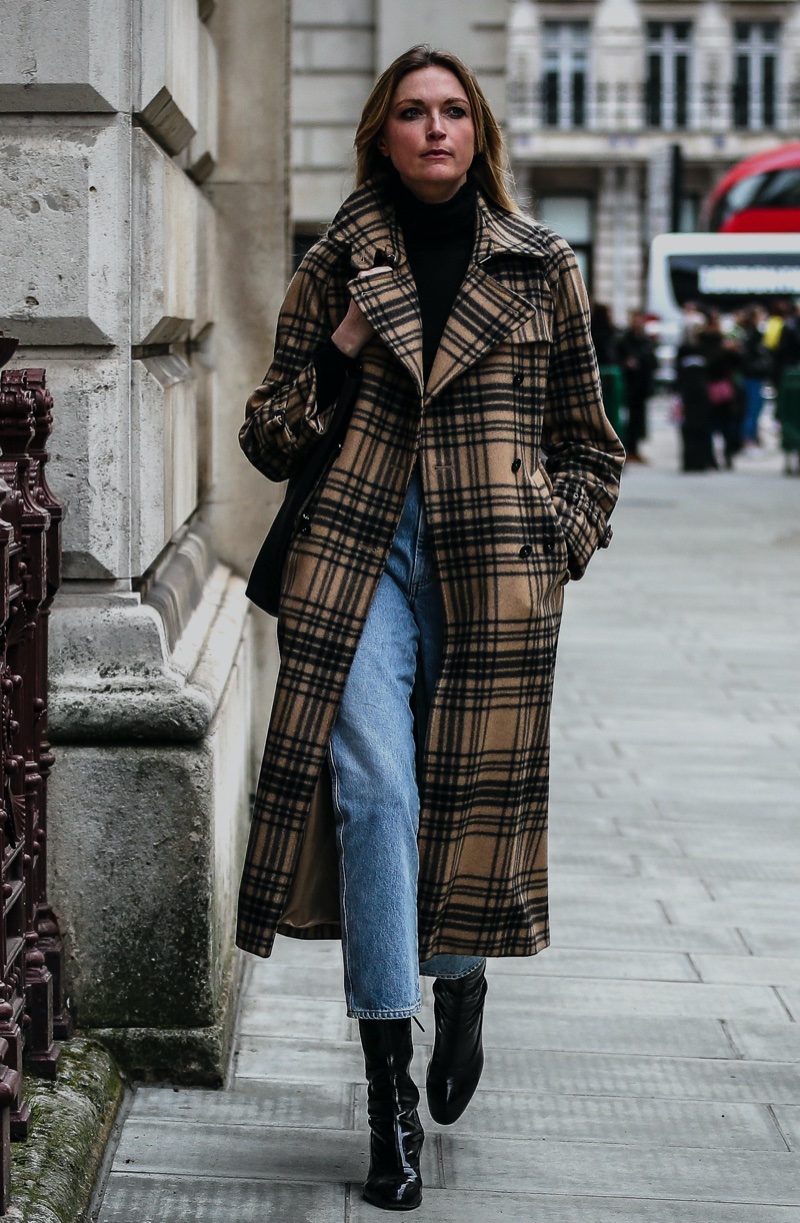
London is a city where tradition meets rebellion. As one of the top fashion capitals of Europe, it’s known for pushing boundaries and challenging norms. The city gave rise to legends like Alexander McQueen and Vivienne Westwood, who turned British fashion into a bold statement.
London Fashion Week is a global stage for emerging designers, high-concept collections, and groundbreaking trends. Home to Central Saint Martins and London College of Fashion, the city nurtures creativity from the ground up.
Whether it’s punk, streetwear, or polished tailoring, London embraces all forms of expression. Its fashion scene thrives on diversity, risk-taking, and originality. You’ll see it in boutiques, vintage markets, and across its vibrant neighborhoods.
Tokyo
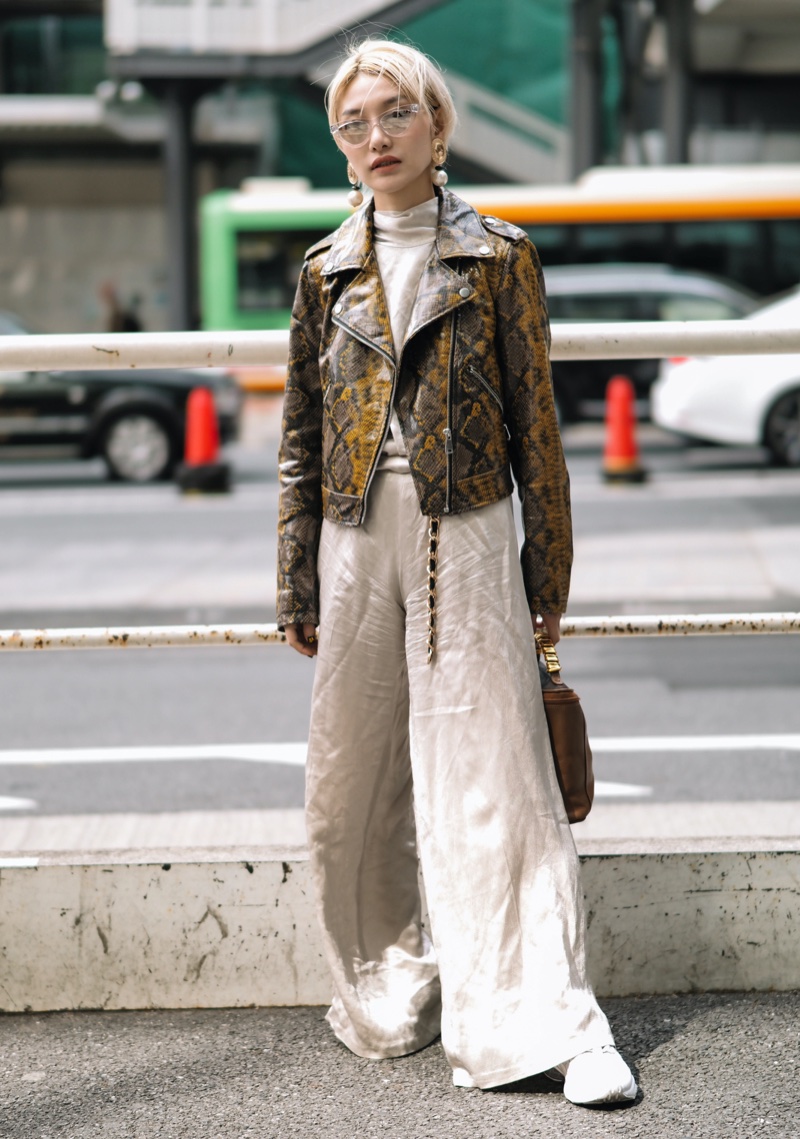
Tokyo is one of the most original and fast-evolving style hubs in the world. Known as a leading fashion city, it merges tradition, innovation, and futuristic ideas. In neighborhoods like Harajuku and Shibuya, fashion is colorful and deeply personal.
Youth culture, technology, and a fearless mix of global influences shape Tokyo’s style scene. Designers like Rei Kawakubo and Issey Miyake have introduced avant-garde looks that challenge the rules of fashion.
Tokyo Fashion Week highlights both local talent and international names, proving its global reach. The city is also known for combining fashion with digital tech, creating interactive runways and smart textiles.
Unique fashion schools like Bunka Fashion College and concept stores help support this creativity.
Other Fashion Cities
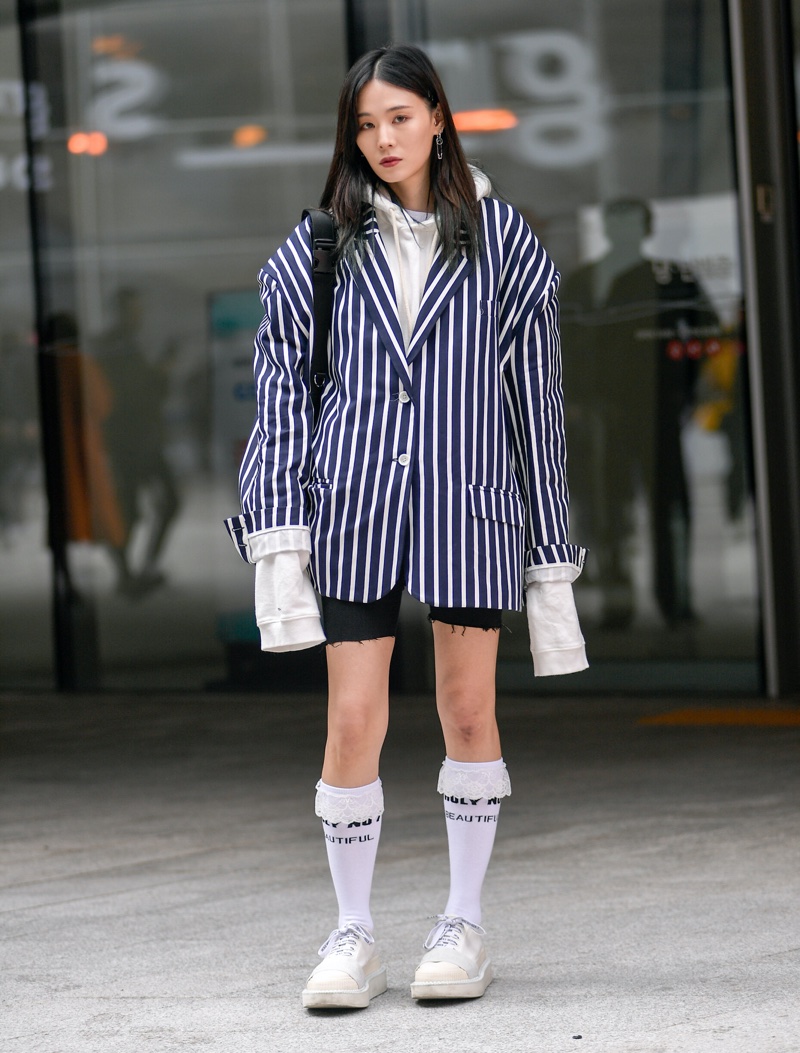
Beyond the five major fashion hubs, there are other cities that play important roles in shaping global style. These places may not be as large or influential as Paris, New York, Milan, London, or Tokyo, but they contribute fresh ideas and cultural value to the industry.
Cities like Seoul, Copenhagen, Shanghai, and Mumbai are standout examples. Each offers a unique approach to design and trendsetting. Seoul is known for its sleek, edgy street style and strong influence from K-pop culture.
Copenhagen has gained respect for clean lines, minimalist looks, and a strong commitment to sustainability. Shanghai blends high-end luxury with bold, modern Chinese design, making it a rising force in Asia.
Mumbai brings color, rich textiles, and craftsmanship rooted in tradition, yet it’s always evolving. These cities host fashion weeks, support local designers, and attract international attention. They show that fashion is no longer centered in just a few places. Instead, the industry is expanding and becoming more diverse.
The Future of Fashion Capitals
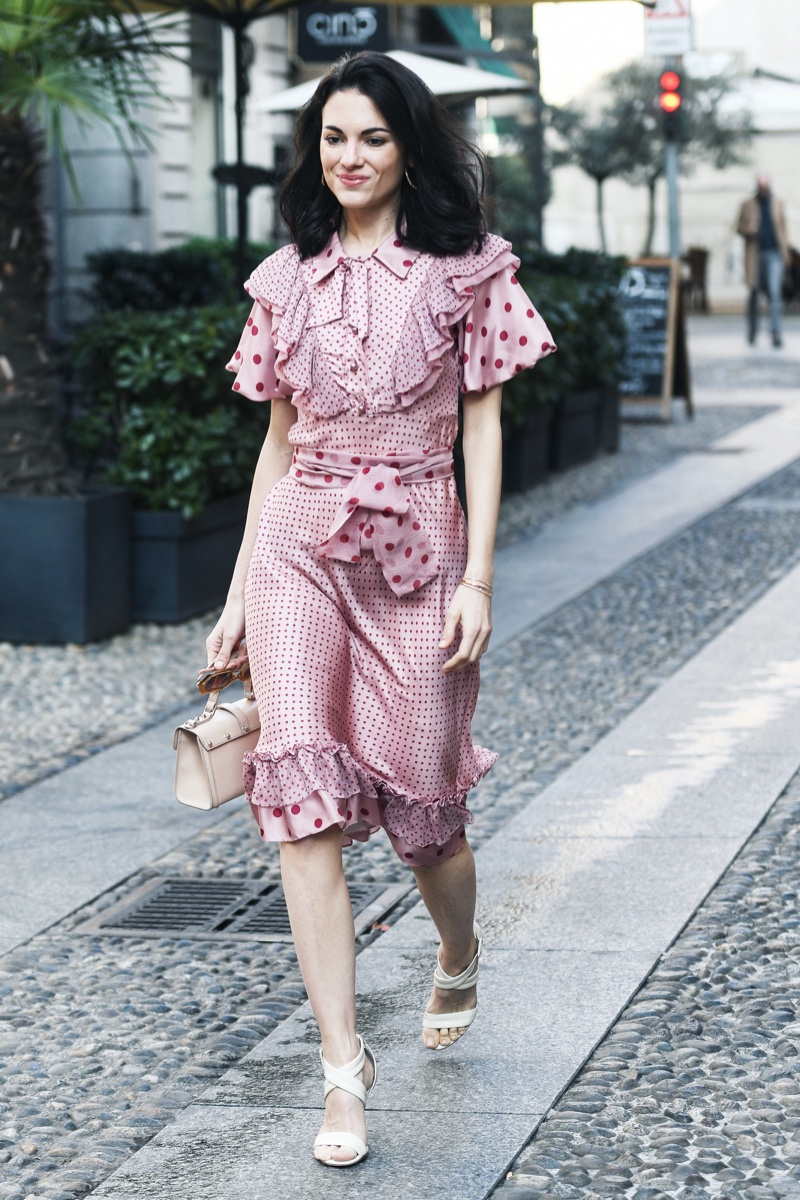
The future of fashion capitals is changing fast. As the world becomes more digital and connected, style is no longer limited by location. Designers can now show collections online, reaching global audiences in real time. Social media, e-commerce, and virtual runways are shifting how fashion is seen and sold.
Sustainability is also shaping the industry. Cities that support eco-friendly practices and local production are gaining more attention. The idea of a top fashion city may soon include places focused on innovation rather than tradition.
Education, diversity, and technology will play bigger roles in defining the next generation of style leaders. Even the traditional capitals are evolving to stay ahead.
Fashion will always have key cities, but the definition of a fashion capital is expanding. The future belongs to those who adapt, experiment, and inspire new ways to create and wear style.

